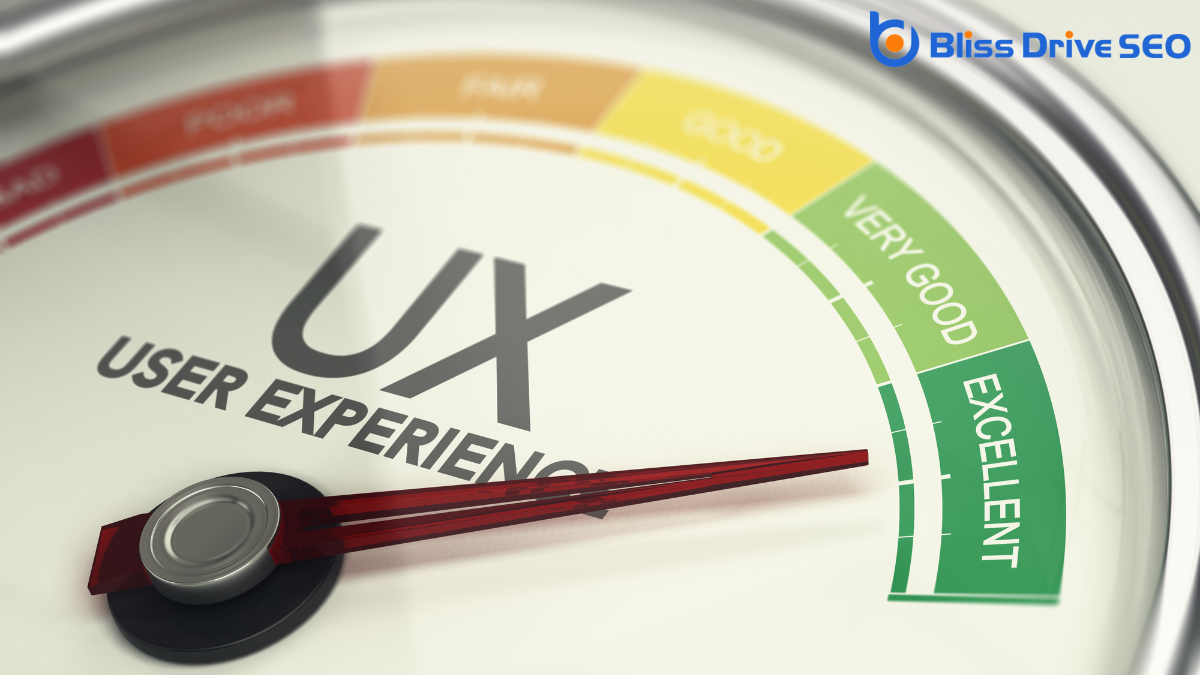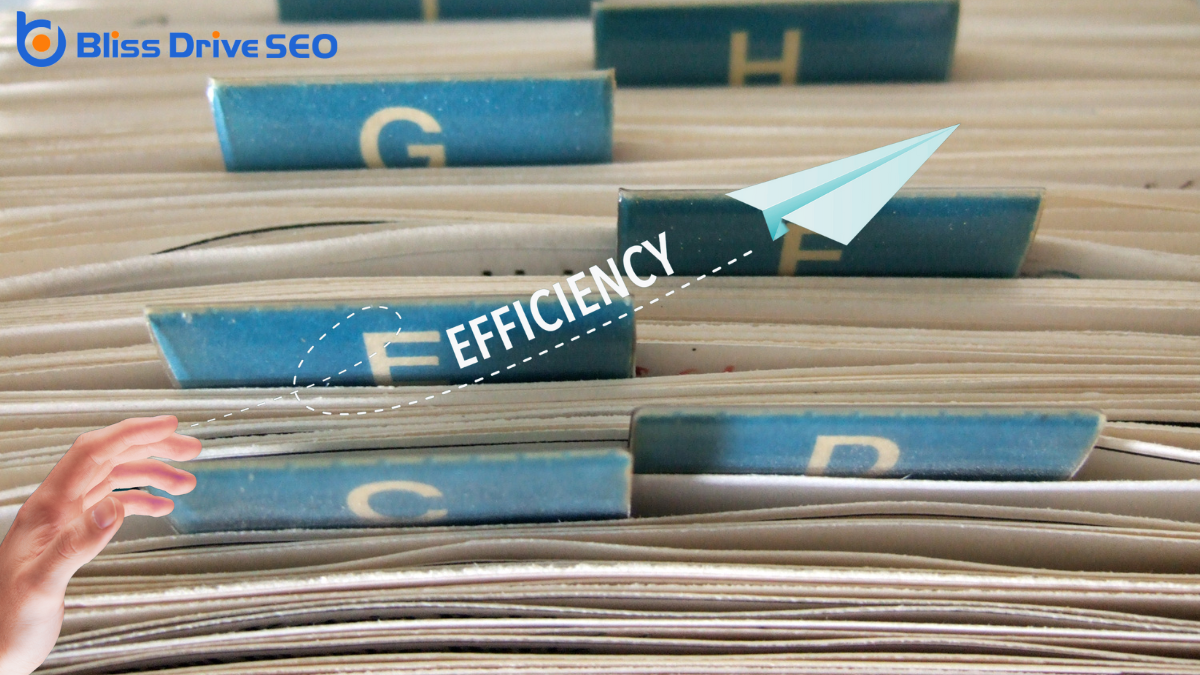Digital Marketing Services
Learn More About Us

Internal linkingLinks that connect different pages on the same website. plays a pivotal role in SEO by helping search engines grasp the hierarchy and relevance of your content. You can guide visitors smoothly through your website, improving their experience and engagementThe interactions that users have with a brand’s content on social media.. By distributing authority across your pages, internal links guarantee key content isn't missed, ultimately boosting your search rankingsThe position at which a website appears in the SERP.. But there's more to this strategy than meets the eye, and understanding its nuances can elevate your site's performance.
When you immerse yourself in the world of internal linking, it's essential to grasp its fundamental role in SEO. Internal linking involves creating hyperlinks that connect different pages within your website. By doing this, you help search engines understand your site's structure, which can improve your rankings.
You should strategically place internal links on relevant anchor texts, making it easier for both users and search engines to navigate your content.
Internal linking isn't just about linking pages randomly; it's about establishing a hierarchy that highlights your most significant content. This practice distributes page authority across your site, boosting the visibility of key pages.

When you effectively use internal linking, you streamline content access, making it easy for users to find what they're looking for.
This approach facilitates seamless exploration of your site, encouraging visitors to explore more pages.
As a result, you boost page engagement, keeping users on your site longer and enhancing their overall experience.
While exploring a website, users should easily find the information they need, and internal linking plays a critical role in achieving this streamlined content access.
By implementing effective internal links, you guide users directly to relevant content, enhancing their overall experience.
Here's how internal linking streamlines content access:
As users navigate your site, internal linking not only streamlines content access but also facilitates seamless exploration, enhancing overall navigation and user experience.
When you strategically place internal links, visitors can easily discover related content that keeps them engaged.
Think of it as guiding them on an intuitive journey through your website, sparking their interest and curiosity.
To boost page engagement, internal linking serves as an essential tool by directing users to relevant content that enriches their browsing experience.
It's not just about keeping visitors on your site longer; it's also about enhancing their journey.
With effective internal linking, users can effortlessly navigate your website, discovering new areas and content they might've missed.
Here's how internal linking boosts engagement:
Internal linking is your key to a more engaging website.
When you strategically use internal links, you effectively distribute link equity across your site, boosting each page's authority.
This not only enhances your site's navigation but also strengthens its ranking power by guiding search engines to understand your content hierarchy.
Effectively distributing link equity is key to boosting your site's page authority and ranking power. Internal links help spread the link equity or "link juice" from high-authority pages to others, enhancing your site's overall SEO health.
Here's how you can do it:
While internal linking is essential for distributing link equity, it also plays an important role in enhancing site navigation, boosting both page authority and ranking power.
When you strategically place internal links, you guide visitors to discover related pages effortlessly. This seamless navigation not only improves user experience but also keeps them engaged longer. Search engines notice this smooth journey and reward your site with better rankings.
Think of internal links as bridges connecting valuable content. Each link shares a bit of authority, strengthening your site's overall structure. By linking to high-quality, relevant content, you increase the page's authority.
The more authoritative your pages, the higher they rank. So, use internal linking wisely to create a cohesive network that benefits both users and search engines.
To create a logical site structure, start by organizing your content in a way that makes sense both to users and search engines. A clear structure not only guides visitors but also helps search engines understand your content's hierarchy.
Here's how you can accomplish it:

Once you've established a logical site structure, it's time to focus on boosting how efficiently search engines index your site. Internal linking plays an essential role in this process. By creating clear pathways through your content, you help search engine crawlers navigate your site more effectively.
When you link related pages, you guide crawlers to discover new or updated content that might otherwise remain overlooked. This helps guarantee all your pages are indexed, improving your site's visibility in search results.
Additionally, a well-connected internal link structure distributes crawl budget wisely, helping search engines prioritize which pages to index. Links signal the importance of pages, with more frequently linked pages typically gaining higher priority.
Consequently, internal linking not only enhances indexingThe process of adding web pages into a search engine's database. but also elevates your site's overall SEO performance.
Internal linking isn't just beneficial for search engines; it also enhances user experience by promoting relevant content on your site. When users find your content engaging and helpful, they'll spend more time exploring your site, which can boost your SEO performance.
Here's how you can effectively use internal links to promote relevant content:
These strategies guarantee users find what they need effortlessly.
Building on the importance of promoting relevant content through internal links, understanding how to leverage anchor text can amplify your SEO efforts.
Anchor text is the clickable text in a hyperlink, and it's a powerful tool for search engines to understand the context of the linked page. By using descriptive, keyword-rich anchor text, you guide search engines and users to grasp what the linked page is about. This not only boosts your page's relevance but also improves your site's overall ranking potential.
However, it's essential to maintain a natural flow; avoid overstuffing keywordsWords or phrases that users type into search engines to find information.. Focus on clarity and relevance, ensuring your anchor text accurately reflects the content it links to. This strategy enhances user experience and strengthens your SEO foundation.
While internal linking can greatly boost your SEO efforts, it's easy to fall into common traps that can undermine their effectiveness. To avoid these pitfalls, consider the following:

After sidestepping common internal linking errors, it's time to focus on crafting a strategy that maximizes SEO benefits.
Start by selecting relevant anchor texts that naturally fit within your content. This provides context and helps search engines understand your site's structure.
Prioritize linking to cornerstone content—your most important pages—ensuring they get the necessary link juiceThe value passed from one page to another through hyperlinks. to rank better.
Keep your users in mind, making navigation intuitive and logical.
Implement a tiered approach, directing links from high-traffic pages to those needing more visibility.
Regularly audit your internal links to adapt to changes in content and SEO goals.
Tools like Google Search ConsoleA tool by Google that helps monitor and maintain your site's presence in search results. can help you track the effectiveness of your strategy, ensuring continuous improvement and sustained growth.
By mastering internal linking, you can greatly improve your site's SEO and user experience. It helps search engines understand your content hierarchy and enhances navigation for users, keeping them engaged longer. You boost page authority and guarantee key content isn't missed, which can elevate your search rankings. Remember to use relevant anchor text and avoid common pitfalls. Develop a thoughtful internal linking strategy, and you'll see improved indexing efficiency and greater visibility for your important pages.
